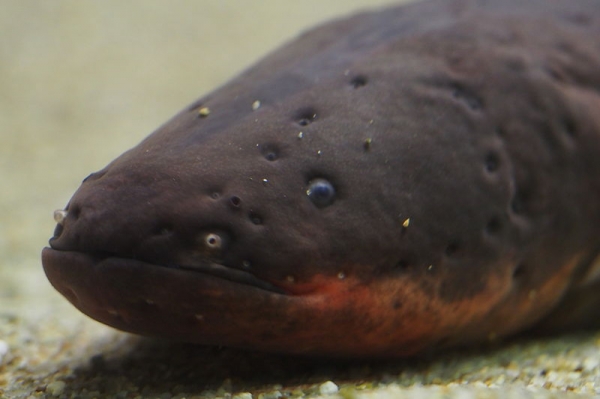The electric eel is the biggest power-making creature on Earth.
The electric eel is the biggest power-making creature on Earth. It can release up to 860 volts, which is enough to run a machine. In a recent study, a research group from Nagoya University in Japan found electric eels can release enough electricity to genetically modify small fish larvae. They published their findings in PeerJ - Life and Environment.
The researchers' findings add to what we know about electroporation, a gene delivery technique. Electroporation uses an electric field to create temporary pores in the cell membrane. This lets molecules, like DNA or proteins, enter the target cell.
The research group was led by Professor Eiichi Hondo and Assistant Professor Atsuo Iida from Nagoya University. They thought that if electricity flows in a river, it might affect the cells of nearby organisms. Cells can incorporate DNA fragments in water, known as environmental DNA. To test this, they exposed the young fish in their laboratory to a DNA solution with a marker that glowed in the light to see if the zebrafish had taken the DNA. Then, they introduced an electric eel and prompted it to bite a feeder to discharge electricity.
According to Iida, electroporation is commonly viewed as a process only found in the laboratory, but he was not convinced. "I thought electroporation might happen in nature," he said. "I realized that electric eels in the Amazon River could well act as a power source, organisms living in the surrounding area could act as recipient cells, and environmental DNA fragments released into the water would become foreign genes, causing genetic recombination in the surrounding organisms because of electric discharge.”
Read more at Nagoya University
Photo Credit: harum.koh via Wikimedia Commons




